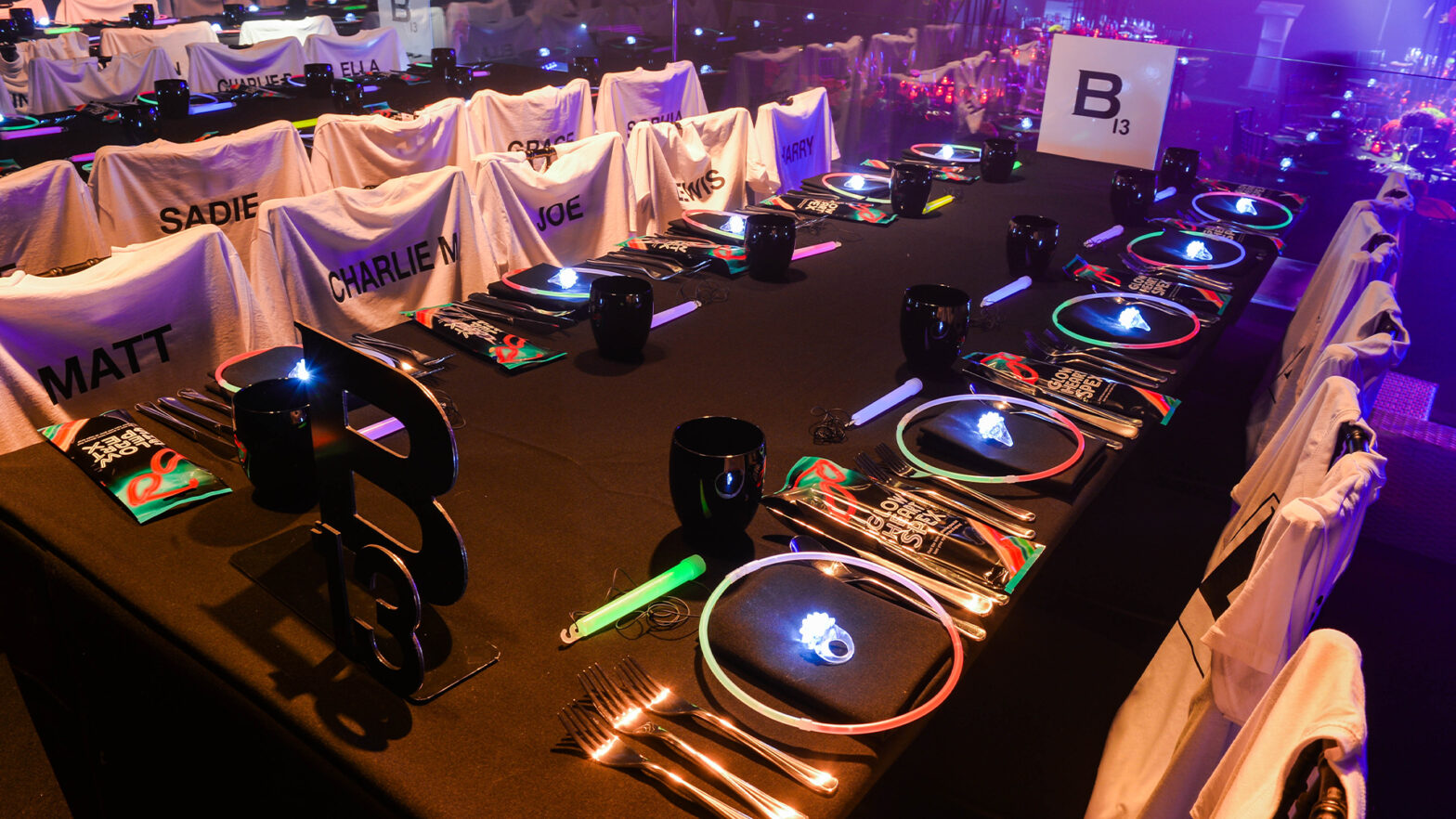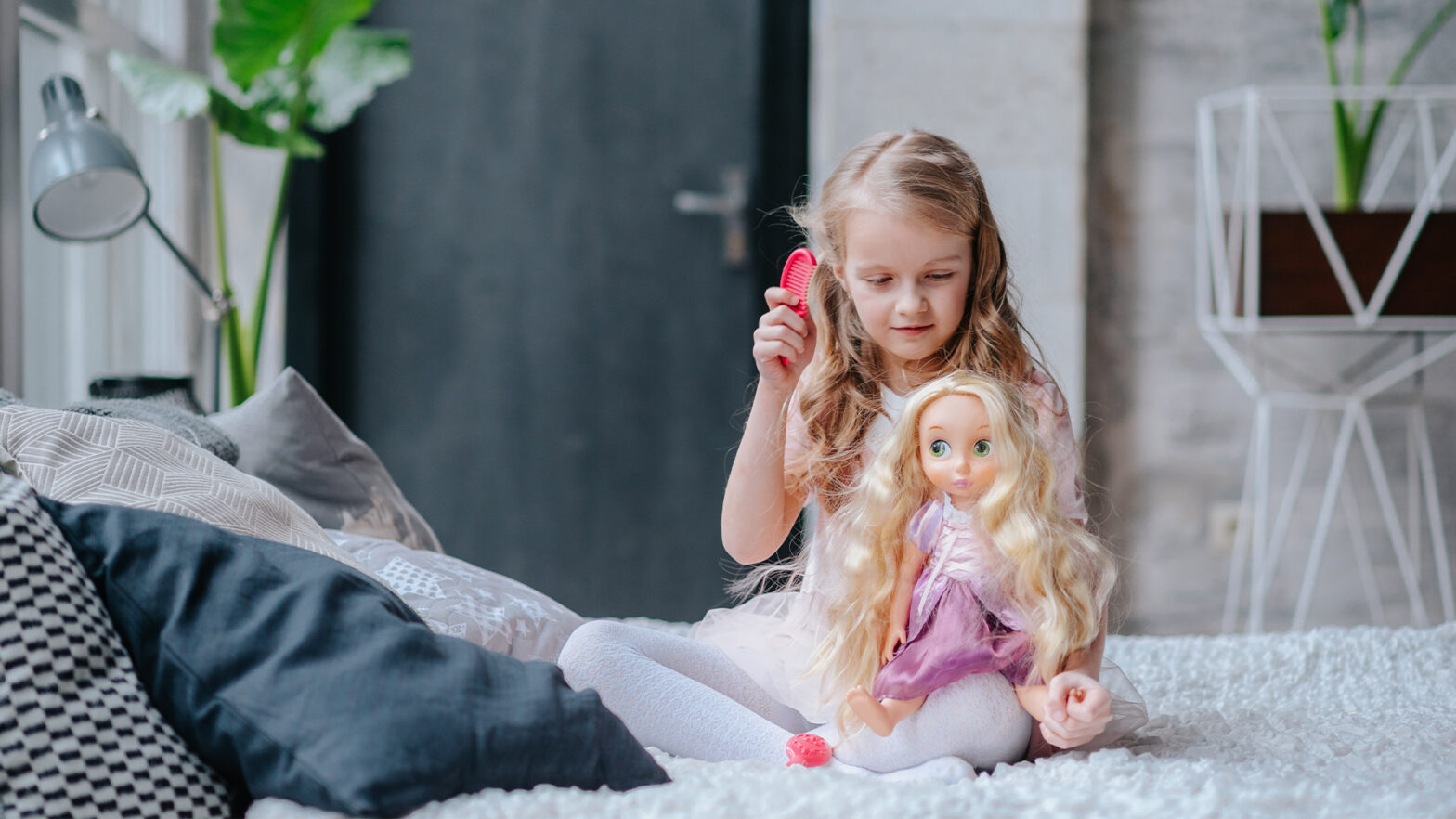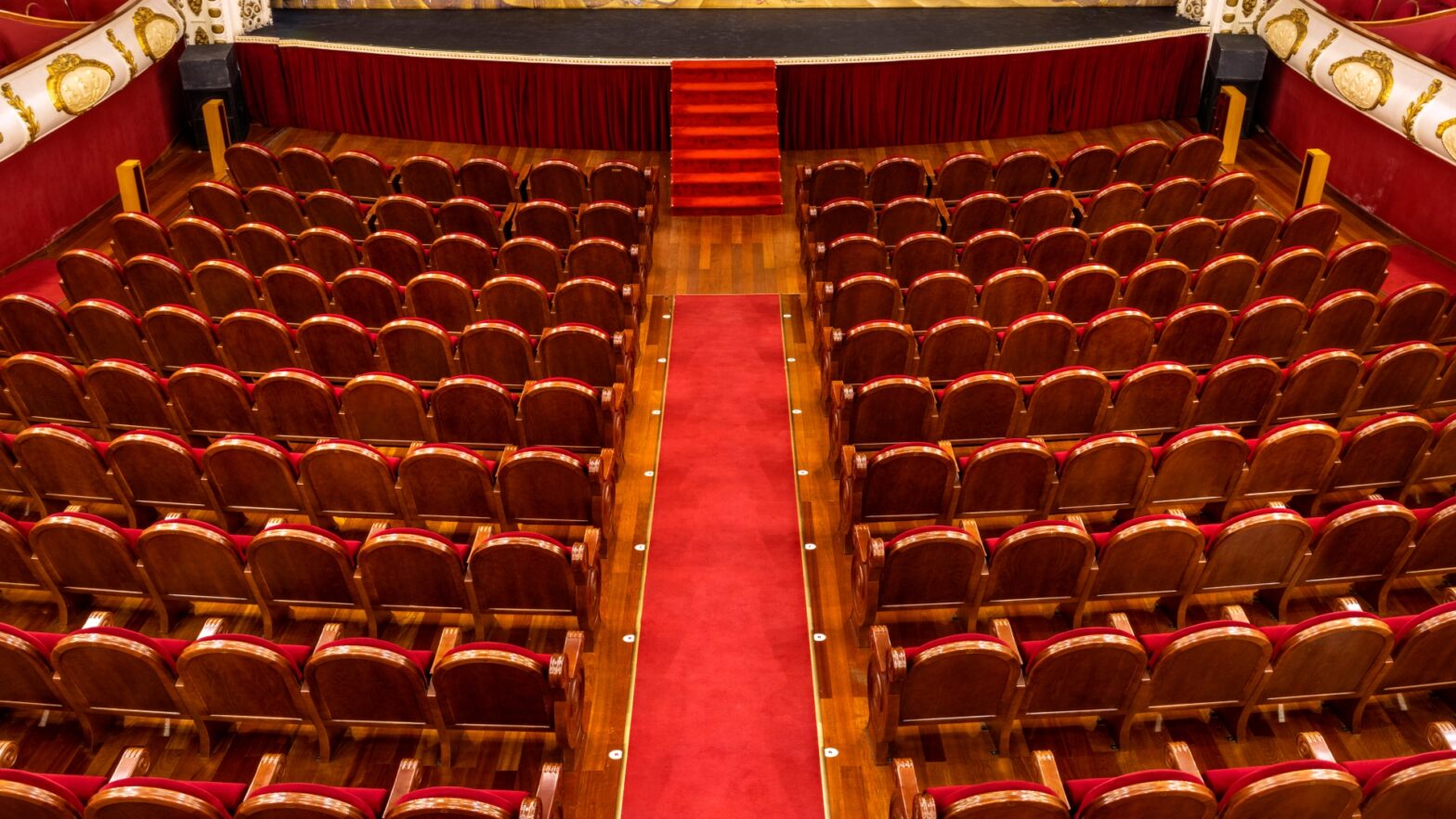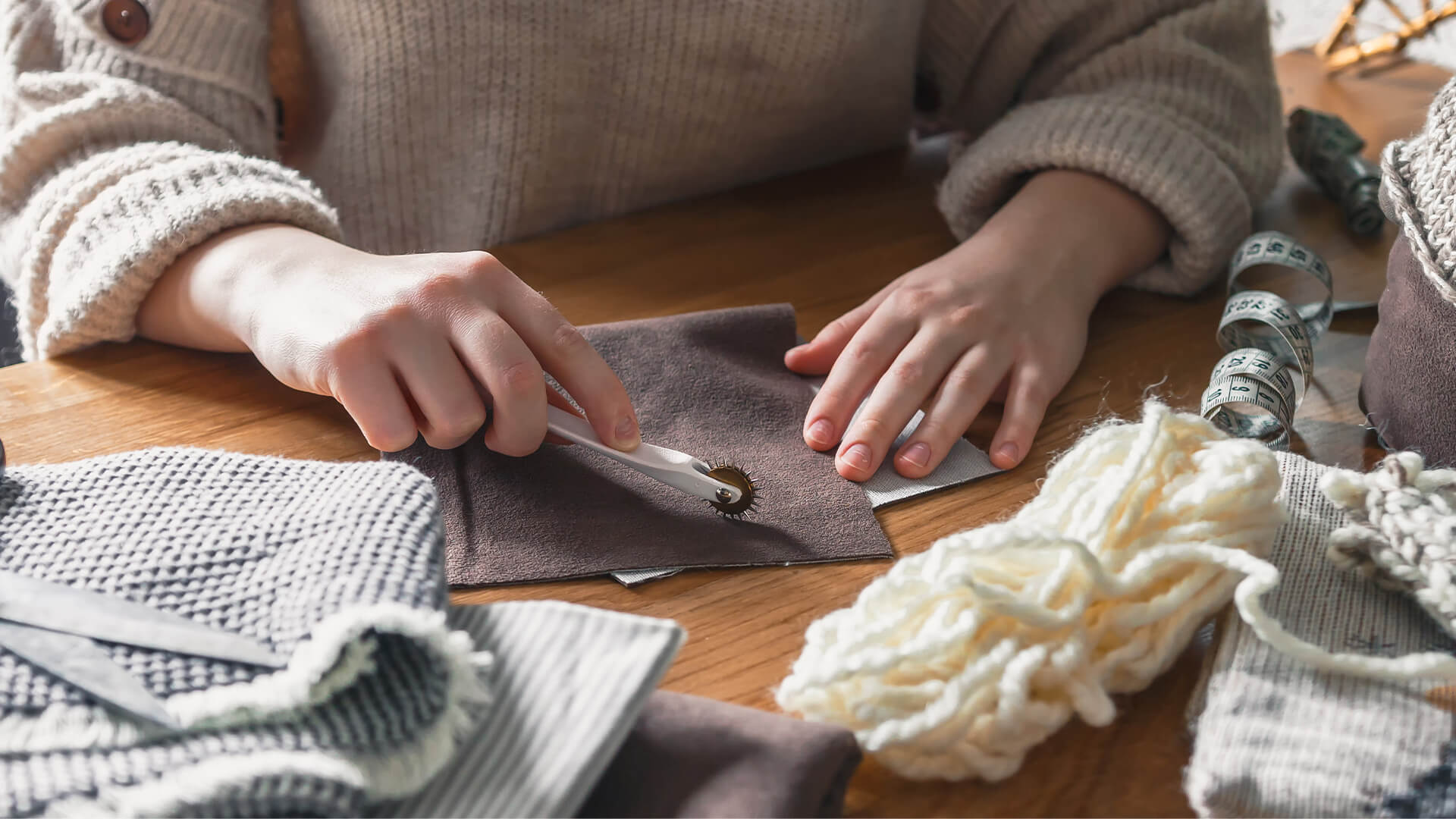
How to Get Started With DIY Crafting
Crafting is an exciting and rewarding hobby. It teaches you to make things on your own, spend your time in a purposeful way, acquire crafting skills and destress. You can express yourself through it and create valuable and useful items for everyone you love. The crafts you can make are never-ending, and the only limit is your imagination.
However, it can be challenging to do crafting, especially if you don’t know where to start. To help you with that dilemma, we made this article that will give you knowledge on how to get started with DIY crafting.
Continue reading so you can start creating something magical of your very own.
Research About What Type Of DIY Crafting You Want
There are many types of DIY crafting, and each one of them involves several distinct steps and takes time to master. DIY Crafting can be divided into five general classes according to their form and purpose. Here are they:
Textile Crafting
Textile crafting is making things with fabric, yarn, or surface design. Through textile crafting, you can knit, quilt, weave, applique, and dye. You can have rugs, tapestries, clothing, quilts, and wall hangings as finished goods.
Paper Crafting
From the word itself, paper crafting is creating things with paper. This is the most common type of crafting, and many people get introduced to this type of crafting since preschool. You can do scrapbooking, cardmaking, decoupage, papier-mâché, origami or 3D origami, origata, paper cutting and calligraphy.
Decorative Crafting
This category of crafting involves every crafting that will end up as a piece of decor. Decorative crafting includes everything from furniture making, metalwork, stencilling, stained glass, gilding, spongeware, basketry up to ceramics.
Fashion Crafting
Fashion crafting is almost the same as textile crafting, but it just includes everything related to human clothing. It can be from garments, jewelry, hats, and shoes, belts, handbags. The materials usually used here are canvas, leather, wool, cotton, linen, and nylon.
Functional Crafting
The four things mentioned above can be called functional. All crafts that are made with the purpose of functionality can fall under this category. The functional craft can be used after making them – it can range from furniture, textiles, metal work, woodwork, and almost everything else.
Before starting your DIY crafting journey, you have to think about what type of crafting you want to focus on. By figuring this out, it will be easy for you to navigate to the next steps.

Get the Right Materials
After you figure out what crafting you want to be onboarded with, you can start gathering the materials for it. As mentioned, the material you need will depend on what crafting you want to do. You have to ensure that you will get the right tool so it won’t be confusing and costly to you. To make it easier for you, there is a Cricut maker bundle you can purchase that contains the essentials for crafting. These bundles include cutting machines and materials such as accessories, art, and décor that you can use for your craft projects.
If you want to buy it separately, make sure that your checklist includes these sixteen basic things:
- Cutting Machine/ Rotary Cutter/X Acto Knife
- Regular and fun scissors
- Embroidery Floss/Yarn
- Gridded Cutting Mat
- Paint Brushes/Sponges
- Craft Ruler
- Pens/Pencils/Markers
- Single Hole Punch
- Paint
- Craft Paper
- Fabric/Felt Scraps
- Tape
- Glue
- Glue Gun
- Storage System
- Embellishments
There are many supplies on that list, and it can be expensive, but you can do plenty of ways to save money, such as ordering a set, buying on a sale, and purchasing second-hand items. It will be harder for you to work with incomplete or wrong materials, so ensure that you get all the essentials and don’t’ miss out on good deals.
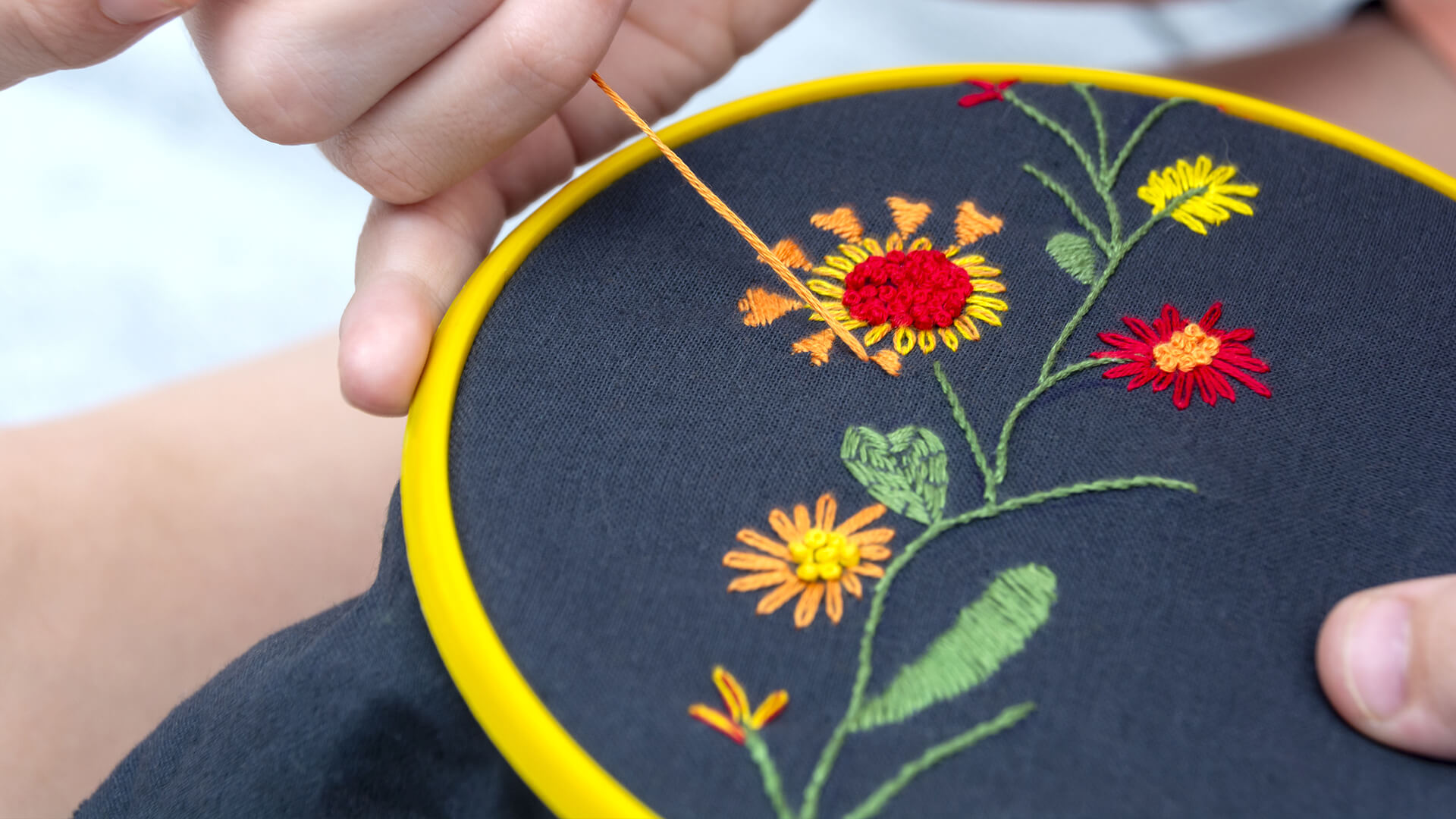
Expand Your Knowledge and Improve Your Skills
DIY Crafting has unlimited possibilities, and you can do plenty of DIY projects as long as you have the knowledge and skills to do it. Fortunately, it is easy to master the art of crafting as long as you have patience and determination. There are a lot of resources to learn more about crafting.
You can go to your local bookstore to get a book that will help you grasp everything. Some of the books you can read are A Well-Crafted Home by Janet Crowther, The Gift of Calligraphy by Maybelle Imasa-Stukuls, The Fine Art of Paper Flowers by Tiffanie Turner, and Carve: A Simple Guide to Whittlingby Melanie Abrantes. There are also plenty of blog posts or video blogs you can find on the internet. But if you are really eager, you can enrol in some crafting class in your area or online.
Get Connected With Other Crafters
We all heard the phrase “the more, the merrier,” and it’s true in DIY crafting. You can explore the internet and your area to meet fellow DIY enthusiasts. It will help if you surround yourself with people that can share their tips and tricks, converse with you, and appreciate your love for crafting. There are friendly online communities and people that can make this hobby more fun for you.
Furthermore, you can influence your friends and families to get creative with you. DIY crafting can be a bonding moment and a way to create projects while, at the same time, creating memories. With the right people, you can get on the right path and be an expert in this field.
Crafting will give you the power to create and customize everything with your own hands. But same with everything, it takes time and effort to be better and master the art of crafting. We hope that through this guide, you are enlightened on the steps to take to be a good crafter. It will be a rewarding feeling to see your own work after working hard on it. The possibilities are limitless, and all it takes is your knowledge, determination, right materials, and creative mind to make it happen. Good luck, and we can’t wait to see your first project.










